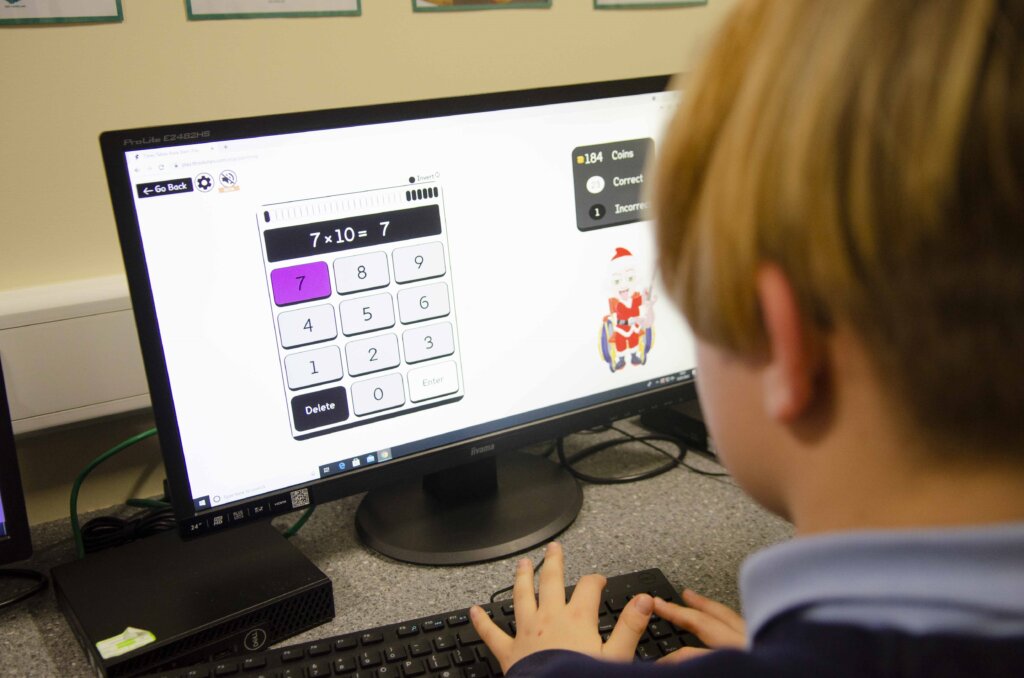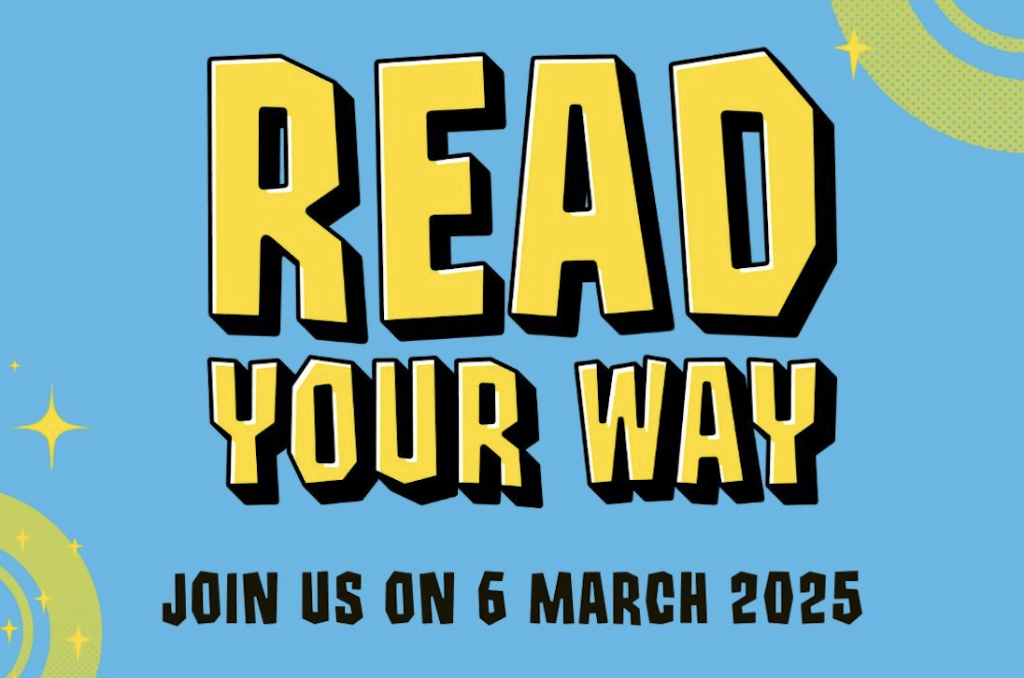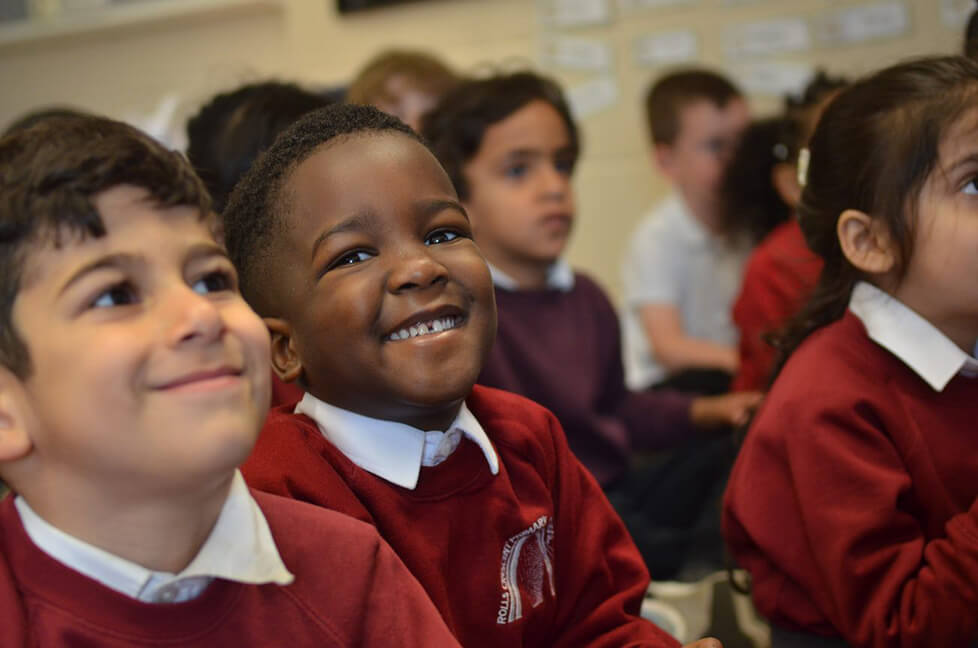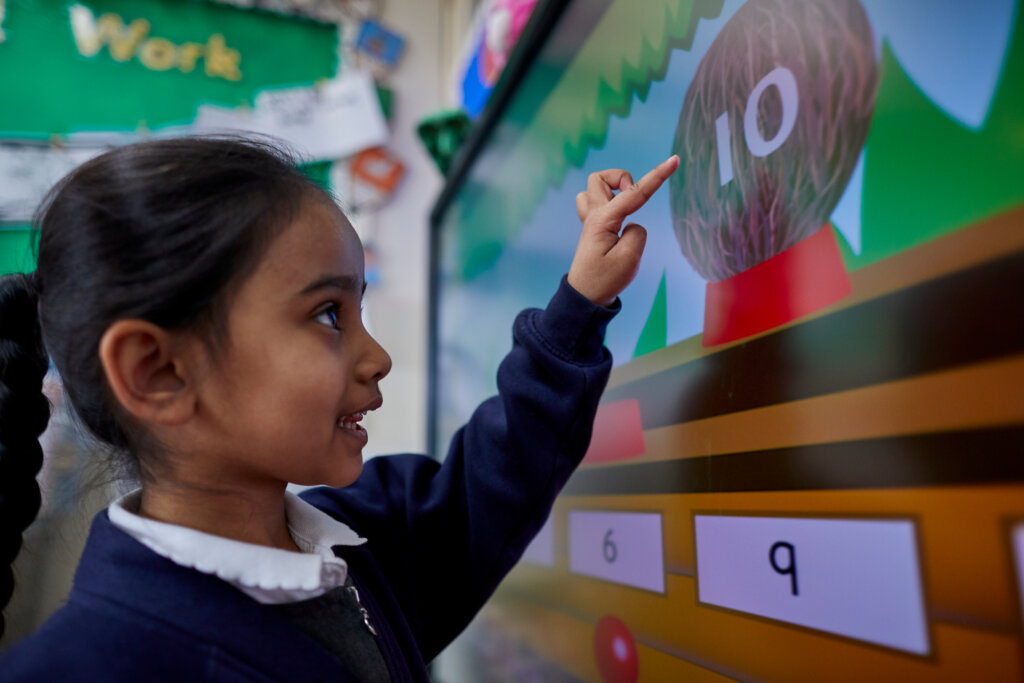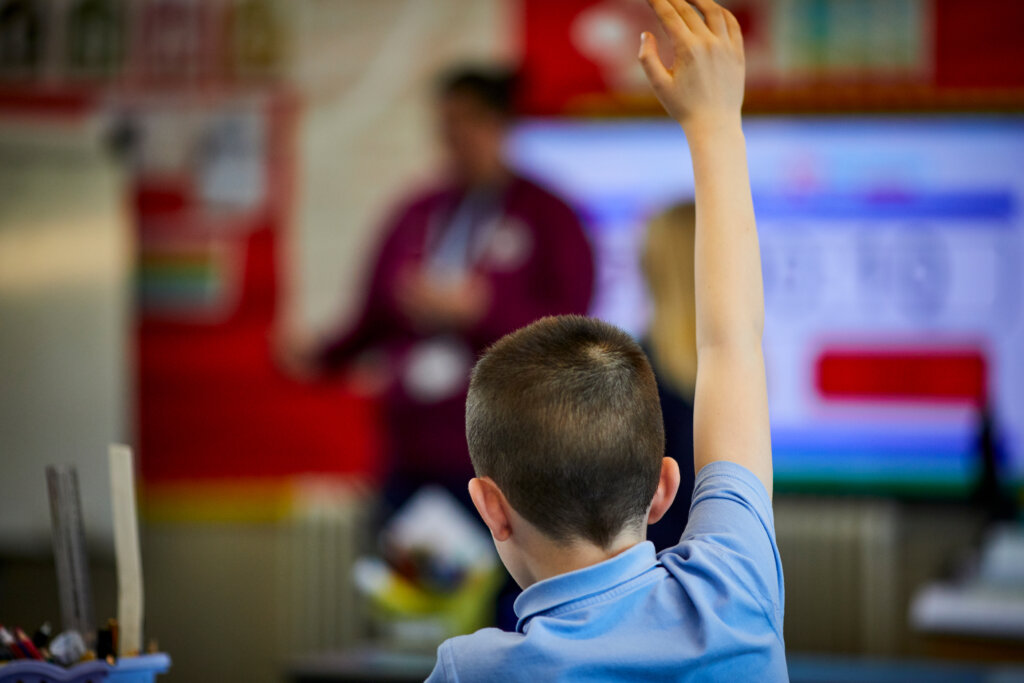Think of an aspect of a subject or a topic that you absolutely love to teach.
What knowledge and skills do you need in order to teach this? What do you expect your children to know once it has been taught? Why do you love teaching it so much?
My most favourite topic to teach is The Great Fire of London. It is great for discussing an event beyond living memory that the children can connect with. The children are always enthusiastic and engaged in the stories of real people from history and motivated to learn about a place they have been to or heard about. They are, of course, also inspired by the dangerous, exciting element of fire! Plus, there are so many beautiful texts that can support the topic (if you know me then you know that books are always a win in my eyes!).
Now ask yourself this. How does your favourite part of a subject or topic fit progressively within the subject or subjects across the whole school curriculum? Do you know what has been taught previously that may set the foundations for this learning and do you know what is taught in later years that links to this?
To work out what is being taught and how the curriculum is progressive cannot be done alone – you need to collaborate and there needs to be time for teachers to work in year groups, phase groups and then across the school. It’s about working together to understand any difficulties at the end of every key stage. Teachers need the time to talk to each other about what they teach. We need to ensure that we work collaboratively to:
- Find out what the children have already been taught
- Find out what the children will be taught
- Ensure gaps in what has been taught in progression maps are tracked
- Find out what prior knowledge and skills have been retained
1. Finding out what the children have already been taught
When I started teaching in Year Two, I had already taught year groups lower down the school and knew what had been taught earlier on. I was secure with the children’s prior knowledge. I used to teach Everyday Materials in Science at the same time as learning about The Great Fire of London in History as I could make some really strong learning connections between the two subjects and, again, I knew what had already been taught in relation to materials before the children arrived in Year Two. Having first-hand experience of teaching many year groups is so useful here! It isn’t always possible though to have taught in many different year groups, or many different subjects if you are a subject specialist. I would then be thinking about opportunities for CPD – especially if you need to learn more about a completely different age range to the one you teach. Just because you are in EYFS does not mean you shouldn`t know what the children do in Year Six, and vice versa. You may want to attend an external training course but it may also be useful to discuss within school, with all year groups mixing and sharing advice and ideas.
I listened to Tom Sherrington (@teacherhead) talk recently and he explored how we can tackle curriculum progression in a way that is not overwhelming for us all. He explained that by reading around the edges we can understand how what we teach can link to what others teach. We can`t be experts in every single year group (or subjects if we are a subject specialist) yet we can work out what the connections are to other areas through discussion and through carefully thought out curriculum progression documents. We can then learn more about what we need to know more about!
2. Finding out what the children will be taught
What I didn`t know enough about though, was the content of the History or Science curriculum further up the school. I wasn’t really sure where the Great Fire of London sat chronologically with other elements of history that would be taught in later years, though I did know that Year Four looked at something that might link to our science on some level because I had seen their display (States of Matter)!
At that time, my school didn’t have clear enough progression documents where I would been able to find this information out quickly. We could have searched through each year group’s long term plans as individual teachers to piece it all together and had lots of individual conversations, but it would have meant lots of repeated, unnecessary work. This became apparent to me, and, as an SLT, we set about changing our approach. We ensured there was:
- A curriculum policy.
- Clear, succinct progression documents (some great examples can be found on The Key).
- Time for joint planning across year groups.
- Opportunities for curriculum conversations across the school throughout the year.
- Discussions regarding what had not been taught or what concepts children found difficult at the end of academic year.
As I type this, I do not want teachers and non-subject specialists to feel overwhelmed by the thought of this task, nor do I want individuals to feel that this is only a priority for SLT or subject specialists. This needs to be a collaborative effort across year groups and subjects to bring all this together. We are doing a disservice to our children if we do not take the time to gain a basic understanding of how the curriculum progresses.
Some subjects are so obviously connected that many educators would automatically join the two, for example, if exploring the history of Samuel Pepys’ diaries in history, it may make sense to look at diaries within reading and explore diaries in a writing unit. Yet, as Christine Counsell, explores in her blog some connections within and across subjects or year groups may not be as obvious. We need to think of the whole school curriculum as a narrative. She says:
“A narrative (think novel, film, symphony, song …) is full of internal dynamics and relationships that operate across varying stretches of time. Those dynamics and relationships realise the function of every bit of content. And every bit of content has a function. That little event early in the novel does a neat job not only in making the early story work, but also of furnishing the reader’s memory so that, much later, it resonates in a satisfying resolution or newly puzzling twist… A narrative works on its reader or listener through constant interplay of familiar and strange, and things can only be familiar or strange by virtue of earlier reference points, ones that stay with us.”
What Christine Counsell is exploring by referring to the curriculum as a narrative is, of course, a schema or schemata. Counsell explains that by thinking of schemata as a narrative and by structuring the curriculum in a way that the narrative (or schemata) stays with us can help aid memory as we add multiple layers to the narrative and we are able to keep them in our mind as we add more elements. For this, it goes back to knowing what other year groups are teaching and how connections can be made. The narrative must be written collaboratively and if a chapter is read in a different place, or missed out altogether then this needs to be communicated. One example of this can be seen from that 2016 Reading test (white giraffes still make me shudder). I am a huge believer in not teaching to a test, however everything within that paper could have been covered with a clearly constructed whole school curriculum, or a carefully told narrative.
This is more relevant now to every single individual teacher than it has ever been. Not only has the curriculum been brought back into the educational spotlight, but with many children having missed 6 months of their education due to COVID-19 there will be gaps and cracks in quite a few of our children’s walls. These may differ across the class depending on their experiences and this is why we now need to think about the gaps that may occur, despite having a clear progression document for each subject that explains cross curricular links for topics.
3. Ensure gaps in what has been taught in progression maps are tracked
Once you have your progression maps for each subject (and how they link across subjects or topics if needed) you need to be confident that everyone is able to use the progression maps to identify what has been taught and what will be taught (points 1 and 2).
In order to ensure that gaps are picked up and filled in, our regular curriculum conversations help to keep progression at the forefront of everyone’s minds. They occasionally happen accidentally in the staff room too but we need to schedule these chats into regular staff meetings and during induction.
Regular curriculum conversations mean we are aware of what to teach and how fast to deliver the content – we don`t want to set a pace of rushing through content, leading to gaps in children’s skills or knowledge. When we set to work on sorting out the progression within our curriculum, we were all aware that the bricks are wobbly if the foundations are not secure. This meant that there was no blaming other year groups for not teaching something or not knowing that something had already been taught.
We found it useful to build a timeline or have a tick list of what is taught, when it is taught and if there are any gaps or unexpected add-ons. Unexpected add-ons are when you and your class become so involved that you go off on a well-intentioned tangent but it means you then teach something that teachers may be able to pick up on later or could end up repeating at a later date. For example, within the Great Fire of London we actually looked at States of Matter very briefly. Noting this on a timeline would then mean when it is taught properly and in depth in Year Four, the teacher can see on the timeline that it was very briefly explored in Year Two and they then instantly have a link with which to continue the curriculum narrative.
EYFS practitioners are great at teaching unexpected add-ons and I can imagine that a timeline of their curriculum may have many more add-ons than other year groups. If, for example, EYFS children were interested in the topic of Fire, EYFS teachers would not teach the Year Two curriculum because not all children would securely grasp the concept of an event in history that happened beyond living memory. Rather, they may look at Fire and link it to the ELG of being able to talk about past and present events in their own lives and the lives of family members by exploring occupations and ways of life. They may also explore celebrations such as bonfire night and linking it to fire safety. Again, when in Year Two and the they come to explore the aftermath of The Great Fire of London, the teacher can draw upon their prior learning around Firefighting and discuss how firefighting was first standardized after The Great Fire of London.
Another example can be seen when linking English and The Great Fire of London: though looking at Samuel Pepys’ diary would link perfectly to writing a diary, this will need to be considered in terms of the English progression map. Are diaries a genre that you introduce in Year Two? If so is this the first time that children have looked at or explored diaries as a way of writing a narrative? It may be that more time will need to be spent on this in English lessons to help enhance the History teaching. If diaries are not introduced as a genre in Year Two, despite it fitting well with the topic, children don`t have to write a diary entry but instead the teacher could use Pepys’ diary as a stimulus to help them write a simple recount within their English work.
It would only be right to mention here the work of Tim Oates and recognise that ‘curriculum’ too can have multiple meanings:
- Intended Curriculum: the required knowledge, skills and understanding that could be written down in the specification for a unit of study. This should be written down within a curriculum progression map.
- Enacted Curriculum: the curriculum that children actually experience as delivered by their teachers, each teacher applying their own filter, adding or subtracting content, deploying a unique combination of learning tasks and resources.
- Assessed Curriculum: the knowledge, skills and understanding that children encounter in their assessments – normally a subset of a much wider curriculum.
- Learned Curriculum: the knowledge, skills and understanding that children are left with at a later time. The learned curriculum takes me on to point 4.
4. Finding out what knowledge and skills has been retained
Finding out what knowledge and skills have been retained is crucial. When we think about prior knowledge and skills we need to think about it on several levels. On one level we have the prior knowledge and skills that we presume a child will know because it has been taught, yet on we have to consider what every child took from that taught knowledge and skills. Though all the children may have been in the exact same lesson, it will have been experienced and seen slightly differently by each individual. Not everyone will feel or experience learning something in the same way and their previous experiences, backgrounds, existing knowledge, interest and even disposition towards learning can impact how something is perceived. It also may be that some children have retained more information than others, others have actively gone on to find out more or, through a rich cultural capital, have accidently learnt more! On the flip side there may be other children who have not had the opportunity to do so and we need to think about how we can ensure that they too receive opportunities for additional learning.
We need to ensure that we plan in opportunities to find out what knowledge and skills have been retained. When briefly exploring states of matter in Year Two, it may be that many children have remembered this and the Year Four teacher can then go straight into teaching States of Matter, however, children may have forgotten information on Everyday Materials – it may not have interested them, they may have had problems at home so were distracted on the day, or it may not have formed part of their working memory yet as it was not taught in enough detail for them to grasp it and make links. In this case, the learning would need to be taken back a step to fill in some foundations by recapping key content about Everyday Materials. Formative assessment is key to ensuring our curriculum narrative makes sense to all learners.
As you can see the curriculum is an exciting, yet highly complex construct that requires lots of thoughts, lots of planning and lots of collaboration. With this in mind we have set up several network meetings where we can discuss this collaboratively: an EYFS Network, a KS1 Network, a KS2 Network and a Subject Leaders Network. Each network will not only explore the complexity of ensuring your curriculum is right for the age group you teach or the subject you lead, but it will also provide practical ideas and resources for the classroom. It will explore the latest research and how to effectively apply it; best practice in assessment and transition between Key Stages. Delegates will also have the opportunity to share good practice and benefit from networking with other staff from different settings. To find out more or to book a place please visit:
EYFS Curriculum Network – 19th November (virtual)
KS1 Curriculum Network – 26th November (virtual)
KS2 Curriculum Network – 3rd December (virtual)
Subject Leader Network – 25th February (virtual) – Autumn network meeting recording available for those who book on to additional meetings.
As there is so much more to explore within curriculum progression, I will write Part Two of this blog next month to give more insight into carefully constructing your curriculum. If there is a particular aspect of this blog that you would like me to explore in more detail then please email jo.gray@oneeducation.co.uk.
References:
- Counsell, Christine (2018) https://thedignityofthethingblog.wordpress.com/author/christinecounsell/
- DfE (2014) https://www.gov.uk/government/collections/national-curriculum
- DfE (2017) https://www.gov.uk/government/publications/early-years-foundation-stage-framework–2
- Oates, Tim (2017) A Cambridge Approach to improving Education
- Sherrington, Tom (2017) The Learning Rainforest: Great Teaching in Real Classrooms by Tom Sherrington

